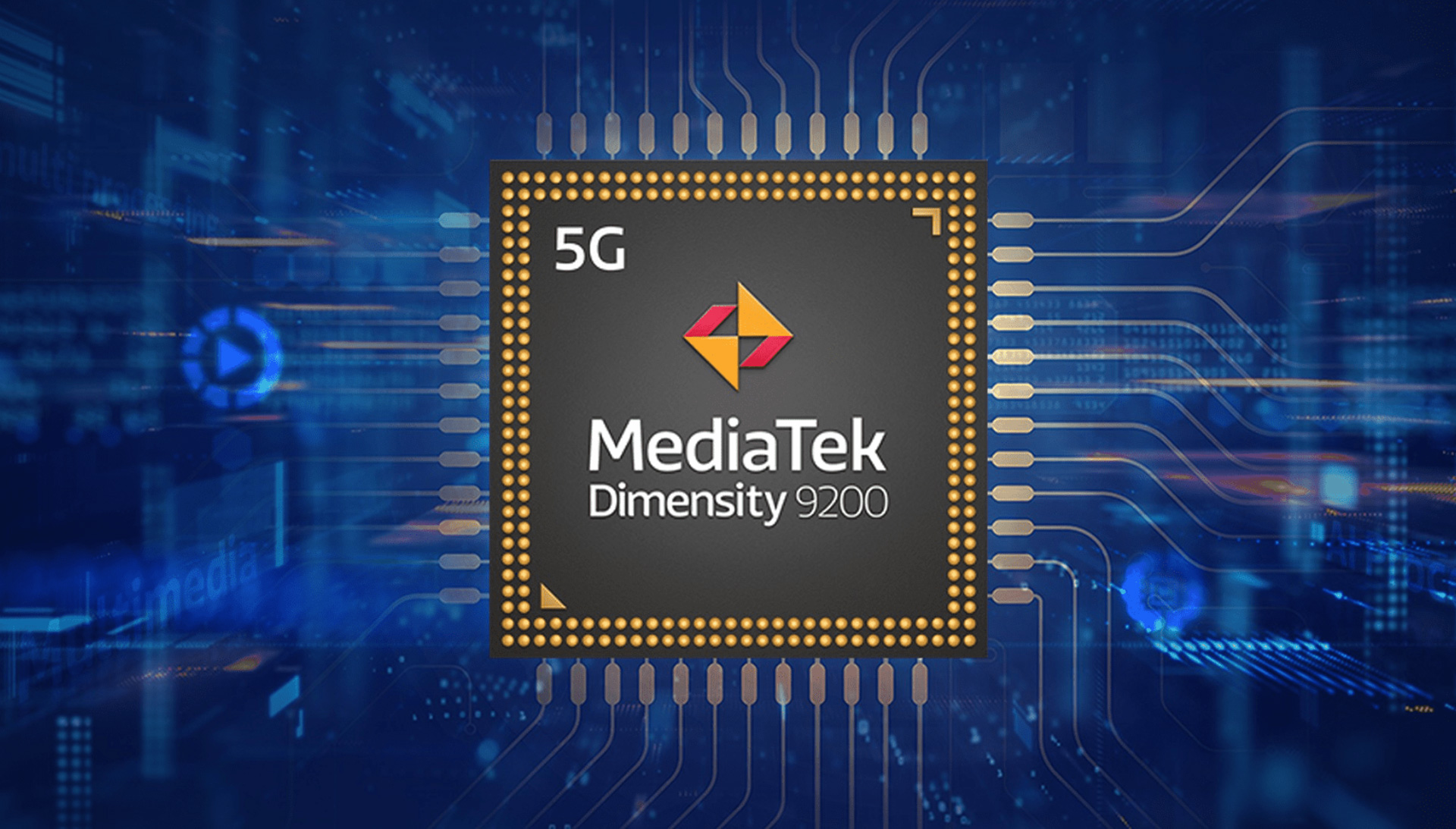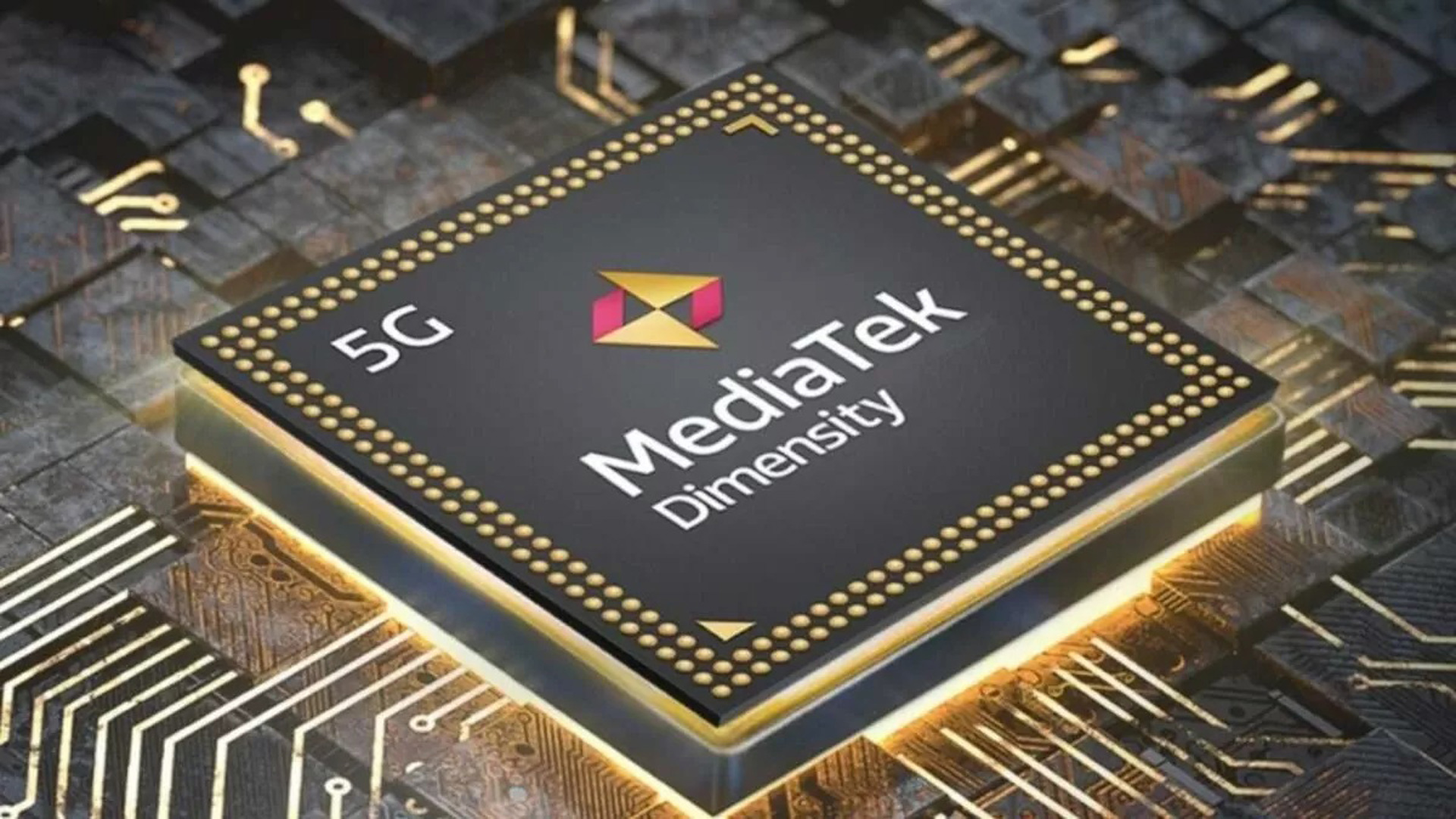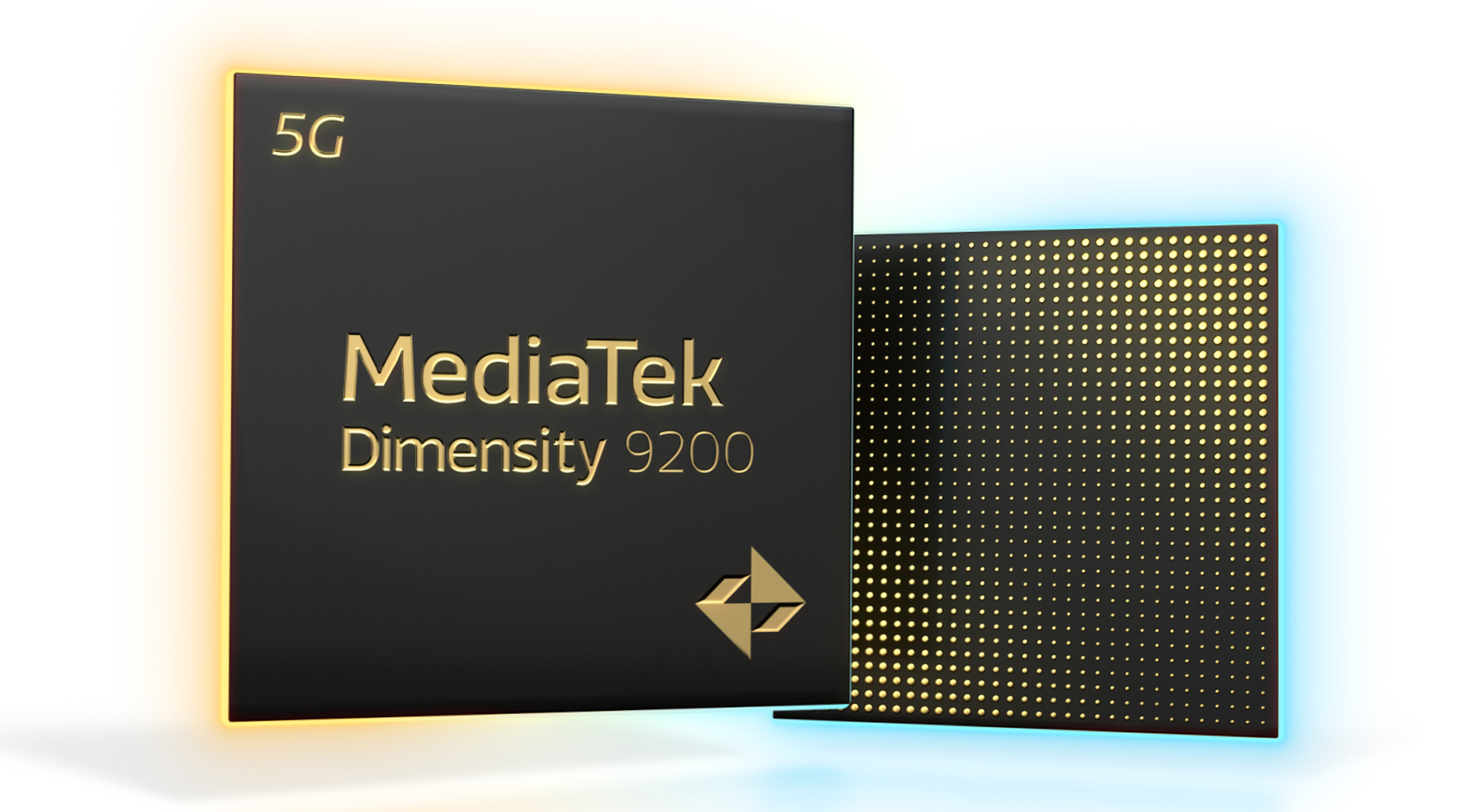The MediaTek Dimensity 9200 smartphone processor has many world-first technologies. Dimensity 9200, a new smartphone processor from MediaTek, “combines top performance with significant power savings, prolonging battery life and keeping handsets cool,” the company claims.
It was created using cutting-edge methods and is the first flagship chip from the manufacturer to support both mmWave and Sub-6 5G connection, making it more appealing to companies launching phones both domestically and internationally.

MediaTek Dimensity 9200 features
It is the first chip to employ the second-generation ARM V9 architecture, the first with new LPDDR5X RAM, the first with a UFS 4.0 and MCQ storage system, and it was constructed using the most recent second-generation 4nm process. For efficiency, the processor uses four 1.8GHz Cortex A510 cores, three 2.85GHz Cortex A715 cores, and one 3.05GHz ARM Cortex X3 core. Additionally, ARM’s 11-core Immortalis G715 GPU, which supports hardware ray tracing, is being used for the first time in the Dimensity 9200 processor.
What does this all imply? Compared to the Dimensity 9000, it means more power and higher efficiency across many of the processor’s capabilities. For AI-noise reduction jobs and AI-super resolution tasks, MediaTek predicts improvements in power efficiency of 30% and 45%, respectively. It is also claimed that the AI processing unit (APU) is up to 35% faster than the previous generation.
Support for RGBW camera sensors has been added to the Imagiq 980 Image Signal Processor (ISP), and enhanced AI promises better HDR, additional cinematic video settings, and reduced blur in pictures. The chip allows 8K video recording and cameras with up to 300 megapixels. Additionally, monitors with a WQHD resolution and a 144Hz adaptive refresh rate are supported with the Dimensity 9200.
The Dimensity 9200, according to MediaTek, will be a part of its Dimensity Open Resource Architecture (DORA) effort, which would allow manufacturers to alter the chip to suit needs. Oppo and MediaTek recently shown how well they might collaborate on the Reno 8 Pro using DORA and the Dinemsity 8200 Max processor.
When will phones equipped with the MediaTek Dimensity 9200 begin to appear?

According to MediaTek, the company will announce its launch partners before the year is over. Additionally, the business guarantees a quicker and more widespread rollout than the Dimensity 9000, which had little influence outside of China. It wants more U.S.-made phones to utilize the chip, but cautions that this may not happen right away.
Check out iQOO Neo6 to make its debut with Snapdragon 8 Gen 1
FAQ
What is the latest MediaTek Dimensity?
The Dimensity 9200, MediaTek’s most potent smartphone chipset to date, was unveiled in late 2022.
Which country owns MediaTek?
Taiwan’s Hsinchu serves as the company’s headquarters. It was established on May 28, 1997.
Is Dimensity 9000 better than Snapdragon?
When compared to the Snapdragon 8 Plus Gen 1, the MediaTek Dimensity’s CPU performs better both immediately and over time. However, the Mali GPU in the Dimensity 9000 Plus is utterly destroyed by the Adreno GPU in the Snapdragon 8 Plus Gen 1. It’s really not much of a competition.
Is MediaTek better than Intel?
Because they have more cores and faster clock speeds than MediaTek processors, Intel Celeron processors are superior. 2. Because they offer better-integrated graphics, MediaTek processors are superior to Intel Celeron CPUs.
Is Dimensity cheaper than Snapdragon?
Snapdragon 8 Gen1 is 30% more expensive than Dimensity 9000.
What is the most powerful Snapdragon chip?
It does certainly belong to Qualcomm’s most potent generation of smartphone chipsets, the Snapdragon 8 series. The Snapdragon 8 Gen 1 and the Snapdragon 8 Plus Gen 1 are the newest flagship chipsets in this generation. In the first half of 2022, several high-end phones were powered by the former, which was introduced in December 2021.
Does MediaTek processor overheat?
There is a widespread misperception among customers that only Mediatek CPUs cause heat. Depending on how often the phone is used, all smartphone processors are prone to overheating.





